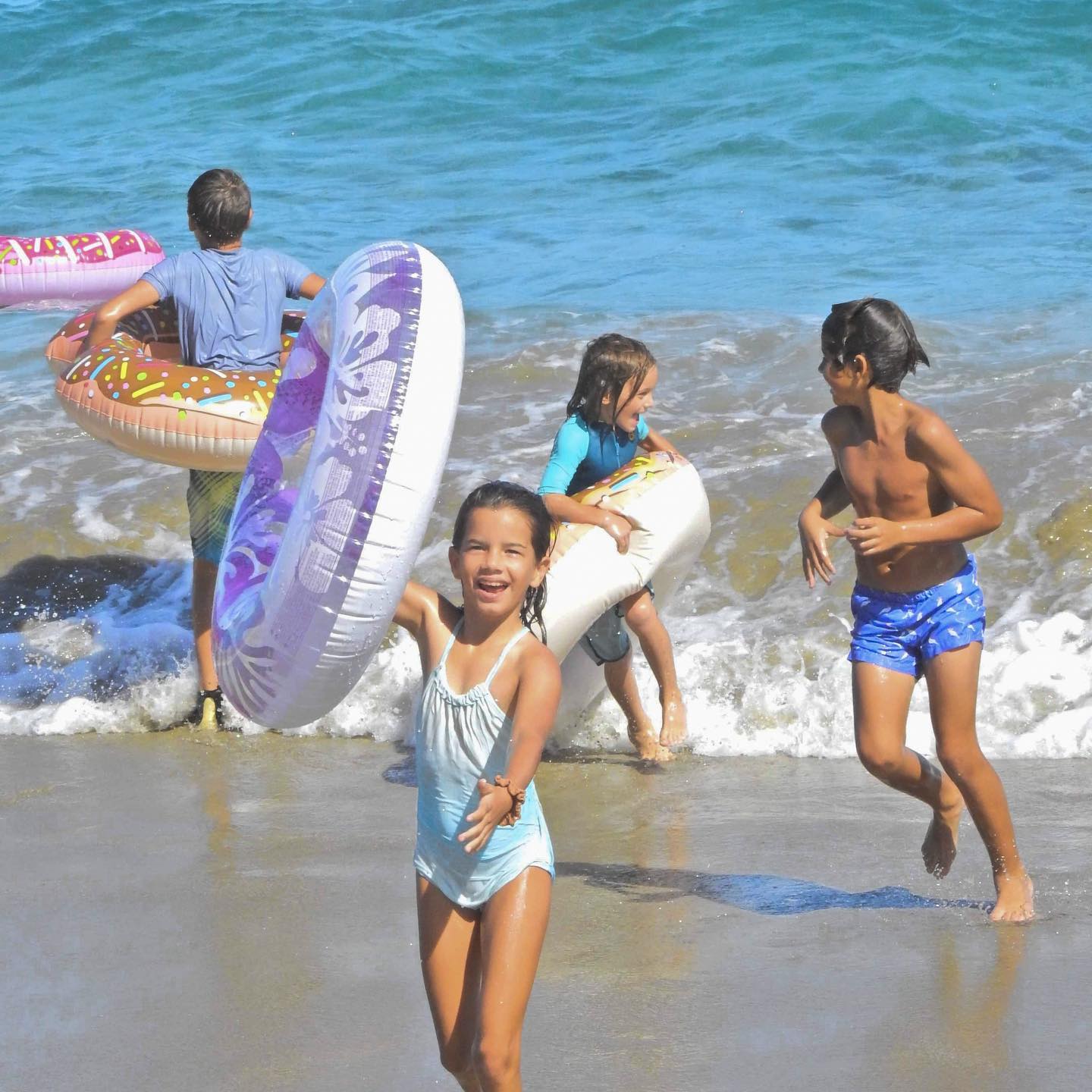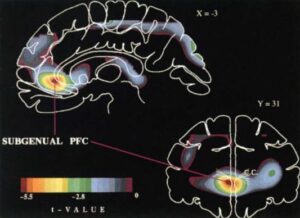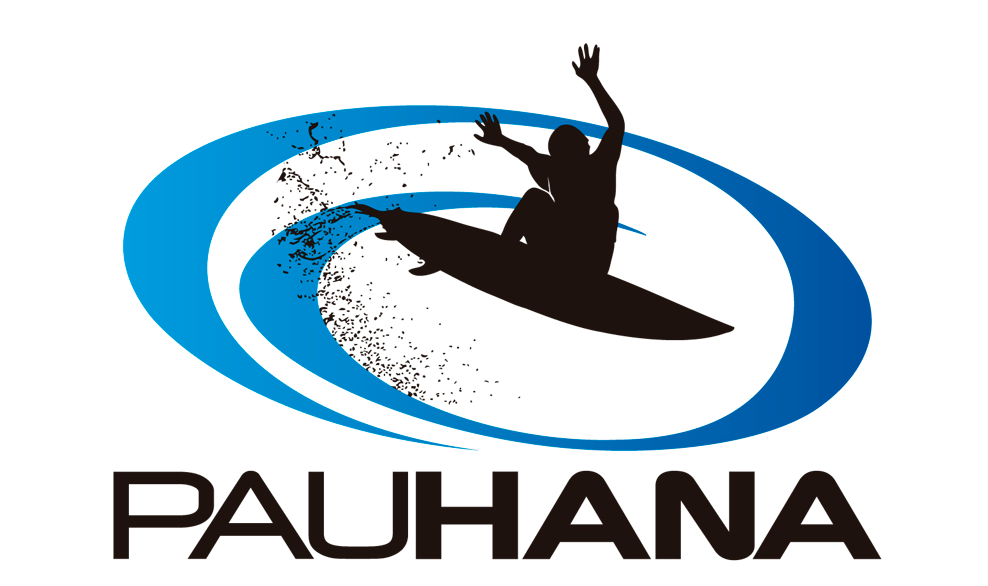
Surf and Neuroscience: What does it have to do with well-being?
Surfing can help satisfy human physiological and psychological requirements for optimal mental health. It may also be an extremely beneficial activity for the prevention and management of a range of symptoms and manifestations that interfere with well-being. But… how does neuroscience explain the mechanisms that allow surf’s therapeutic effects?
” Mechanisms that support therapeutic effects of surfing explained from a neuroscience perspective.. By Katlyn S., Psychologist & Surf Instructor, MsC.
Lately, there is a growing interest in how water environments operate as a therapeutic medium and how immersion in blue spaces influence our sense of well-being and self-connection (Britton & Foley, 2021). Water activities can contribute to psychosocial and cognitive development in children, as well as to bring physical benefits such as breath control and upper-body strength (Clapham et al., 2014).
According to Moreton et al. (2022) the potential mechanisms that support surfing as a therapeutic tool for well-being are: exercise, water immersion and exposure to sunlight, transcendent experiences, reductions in rumination and satisfaction of basic psychological needs, explained below.
Physical exercise & surf

Surfing is a form of physical exercise and physical exercise improves well-being. There are several physiological factors involved:
- Exercise increases the levels of brain-derived neurotrophic factor (BDNF) which, if decreased, is associated with neurodegenerative diseases.
– - Aerobic exercise, like surfing, has anti-inflammatory effects and can increase endocannabinoid levels. Chronic inflammation is a transdiagnostic mechanism involved in the psychopathology of several manifestations. Activation of the endocannabinoid system generates the production of serotonin and dopamine, neurotransmitters related to feeling good.
– - Surfing can involve a mix of continuous and interval exercise. A typical session of surf may include paddling at near maximum intensity to get in position for a wave, followed by an intense take-off, and then continued by short bursts as the surfer rides the wave, followed by a paddle back to “line-up” or where waves get formed. Such training can improve cardiorespiratory fitness.
Water immersion can result in
- Acute decrease in core body temperature, in water around 0-2 degrees for one hour, which allows the release of norepinephrine. This molecule has been associated to reducing inflammation and relief of anxiety symptoms.
– - An increase of sensory attunement to the energy of the waves, the feeling of the waves breaking over the body, and the sensation of the water pressure on theskin. Moreover, there may be more awareness of one’s breath. Thus, the somatosensory cortex, among other brain regions, receives several impulses of external information through our body senses while being in the water. Such sense of connection through bodily sensations might inform how one’s energy light up after a session in the water.
– - Becoming aware of the body and mind connection by improving concentration of the current movement or position of one’s body, wave situation, and environment which allows to let go of pressures of work, family, and other life events.
– - Facial immersion in cold water may reduce inflammation by stimulating the vagus nerve that plays an important role in the activation of the parasympathetic system. Increasing the activity of this nerve, and therefore the parasympathetic system, means that our body can relax faster after episodes of stress.
~
Exposure to natural light
- Regulates circadian rhythm which facilitates adequate quality and quantity of sleep by increasing the levels of melatonin
- Can lead to a short-term increase in feelings of well–being through the production of beta-endorphins
- Modulates serotonin levels through the synthesis of Vitamin D. Low levels of vitamin D have been associated to health conditions such as depression, ADHD, schizophrenia and autism.
Immersion in natural environments
has been studied to have positive physiological and psychological outcomes. There is a reduction in stress through an increased activation of the parasympathetic nervous system, which diminishes blood pressure and cortisol levels. Moreover, outdoor adventure-type sports increase adherence and intrinsic motivation to exercise which can contribute to enhancing one’s physical condition.
Reducing rumination
Rumination refers to the repetitive focus on the content, causes, and consequences of one’s thoughts or emotions related to personal concerns.
Surfing encourages to be more externally oriented, which reduces attention towards worries or negative thoughts. This might be due to the engagement of the exercise itself that provides positive reinforcement.
It has been shown that even a brief nature experience, around 90-min, decreases self-reported rumination and neural activity in the subgenual prefrontal cortex (sgPFC). The sgPFC has been linked to rumination in depressed and healthy individuals (Bratman et al., 2015).
–
 Subgenual prefrontal cortex is related to rumination states. Image obtained from Devrets et al., (1997)
Subgenual prefrontal cortex is related to rumination states. Image obtained from Devrets et al., (1997)
–
Flow states and personal transformation
Csikszentmihalyi (1997) conceptualized flow states as involving a complete engrossment in an enjoyable activity that results in a loss of a sense of self and a sense of time.
Indirect evidence suggests a potential for surfing to disrupt negative thoughts into the experience of “flow”. Flow states may contribute to why surfing takes on a spiritual character and is related to experiencing emotions elicited by the perception of something that overwhelms existing cognitive schemas of the world (Moreton et al., 2022).
~
Basic needs
which are states that, if satisfied, conduce toward health. Humans possess basic needs such a relatedness, autonomy, and competence.
Relatedness refers to feelings of belonging. How can surfing can satisfy this need? By allowing surfers to develop and strengthen interpersonal relationships. Moreover, surfing connects people to nature.

~
Autonomy, which is the need to feel free from outside influence and act in line with one’s values. Surfing may fulfill this need through the self-paced learning that is intrinsic to surf-based exercise (Marshall et al., 2019). Surfers can make autonomous decisions based on their abilities that allow them to match the wave difficulty. Moreover, surfing increases autonomy facilitating freedom for the need to control.
~
Competence needs are met by developing skills of mastery. Surfing provides feelings of mastery over one’s level of comfort through learning a difficult task. It also allows the development of competences by gradual exposure to distress and uncertainty tolerance. For instance, when being pushed by a large wave, you learn to let go and accept the wave will hold you for a period of time.
Conclusion
Surfing enables immersion through the highly physical nature of the activity, and the physical, mental, and emotional challenges involved, along with the social aspects of the experience. Regular participation in the activity within natural settings may further enhance the transformative potential of surfing and therefore its therapeutic potential.
Bibliography references
Bratman, G. N., Hamilton, J. P., Hahn, K. S., Daily, G. C., & Gross, J. J. (2015). Nature experience reduces rumination and subgenual prefrontal cortex activation. Proceedings of the National Academy of Sciences, 112(28), 8567–8572. https://doi.org/10.1073/pnas.1510459112
Britton, E., & Foley, R. (2021). Sensing Water: Uncovering Health and Well-Being in the Sea and Surf. Journal of Sport and Social Issues, 45(1), 60–87. https://doi.org/10.1177/0193723520928597
Clapham, E. D., Armitano, C. N., Lamont, L. S., & Audette, J. G. (2014). The Ocean as a Unique Therapeutic Environment: Developing a Surfing Program. Journal of Physical Education, Recreation & Dance, 85(4), 8–14. https://doi.org/10.1080/07303084.2014.884424
Csikszentmihalyi, M. (1997). Flow and the psychology of discovery and invention (Vol. 39). HarperPerennial.
Finney, B. R., & Houston, J. D. (1996). Surfing: A history of the ancient Hawaiian sport. Pomegranate.
Marshall, Kelly, & Niven. (2019). “When I Go There, I Feel Like I Can Be Myself.” Exploring Programme Theory within the Wave Project Surf Therapy Intervention. International Journal of Environmental Research and Public Health, 16(12), 2159. https://doi.org/10.3390/ijerph16122159
Moreton, S. G., Brennan, M. K., Nicholls, V. I., Wolf, I. D., & Muir, D. L. (2022). Exploring potential mechanisms underpinning the therapeutic effects of surfing. Journal of Adventure Education and Outdoor Learning, 22(2), 117–134. https://doi.org/10.1080/14729679.2021.1884104
Orams, M. B., & Towner, N. (2012). Riding the Wave: History, Definitions, and a Proposed Typology of Surf-riding Tourism. Tourism in Marine Environments, 8(4), 173–188. https://doi.org/10.3727/154427313X13631129554901
Written by Katlyn S., psychologist; graduated from the Master of Science in Neuroscience at the University Autonomous of Madrid, Spain. Researcher associated with the Research and Neuromodulation Centre, Neurocavis, S.A.



